Rising Incidence of Skin Disorders
The Dermatology CRO Market is experiencing growth due to the increasing prevalence of skin disorders such as psoriasis, eczema, and acne. According to recent data, skin diseases affect a significant portion of the population, with estimates suggesting that nearly 30% of individuals may experience some form of skin condition during their lifetime. This rising incidence necessitates more clinical trials and research, thereby driving demand for Contract Research Organizations (CROs) specializing in dermatology. As pharmaceutical companies seek to develop new treatments, the need for efficient and effective clinical trial management becomes paramount, positioning dermatology-focused CROs as essential partners in the drug development process.
Growing Demand for Personalized Medicine
The shift towards personalized medicine is significantly influencing the Dermatology CRO Market. As patients increasingly seek tailored treatment options based on their unique genetic and phenotypic profiles, the need for specialized clinical trials that can accommodate these approaches becomes critical. This trend is particularly evident in dermatology, where individual responses to treatments can vary widely. Consequently, CROs that can design and implement personalized clinical trials are likely to see increased demand. The emphasis on personalized medicine not only enhances patient satisfaction but also improves treatment efficacy, thereby driving the growth of the dermatology-focused CRO sector.
Advancements in Dermatological Treatments
Innovations in dermatological treatments, including biologics and targeted therapies, are propelling the Dermatology CRO Market forward. The introduction of advanced therapies has led to a surge in clinical trials aimed at evaluating their efficacy and safety. For instance, the market for biologics in dermatology is projected to grow significantly, with estimates indicating a compound annual growth rate (CAGR) of over 10% in the coming years. This trend underscores the necessity for specialized CROs that can navigate the complexities of these advanced treatment modalities, ensuring that clinical trials are conducted efficiently and in compliance with regulatory standards.
Increased Investment in Dermatology Research
The Dermatology CRO Market is benefiting from heightened investment in dermatological research by both public and private sectors. Funding for dermatology research has seen a notable increase, with various organizations allocating substantial resources to explore new treatment options and improve patient outcomes. This influx of capital is likely to result in a greater number of clinical trials, thereby enhancing the demand for CROs that specialize in dermatology. Furthermore, as stakeholders recognize the potential for lucrative returns in dermatological innovations, the trend of investment is expected to continue, further solidifying the role of CROs in this sector.
Regulatory Support for Dermatology Innovations
Regulatory bodies are increasingly supportive of innovations in dermatology, which is positively impacting the Dermatology CRO Market. Recent initiatives aimed at expediting the approval process for new dermatological treatments have created a more favorable environment for clinical trials. This regulatory support encourages pharmaceutical companies to invest in dermatology research, leading to a higher volume of clinical studies. As a result, CROs specializing in dermatology are positioned to play a crucial role in navigating the regulatory landscape, ensuring that trials are conducted in compliance with evolving standards. This dynamic is likely to foster further growth within the dermatology CRO sector.


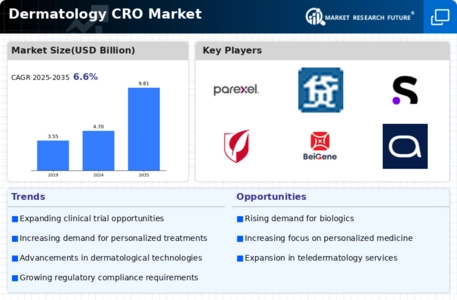
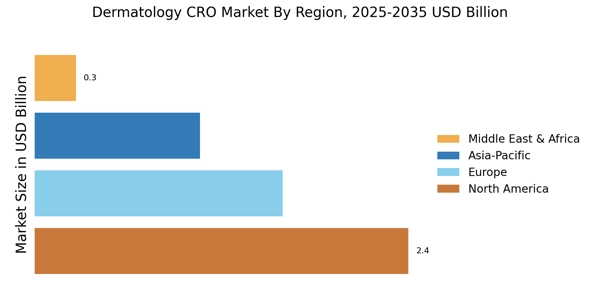

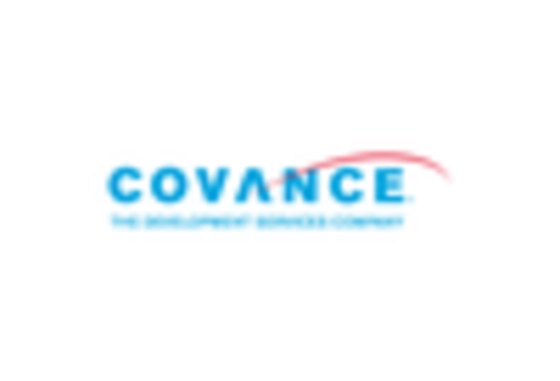
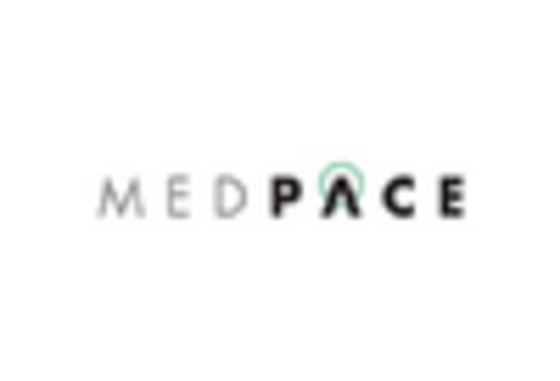
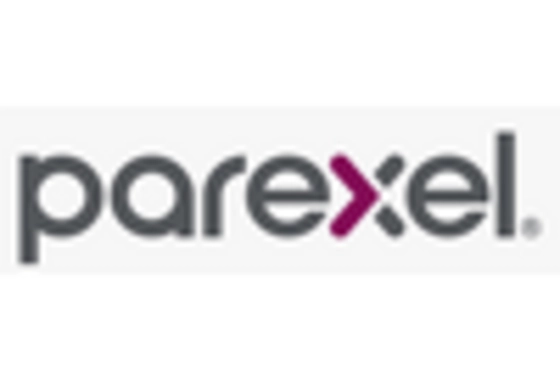









Leave a Comment